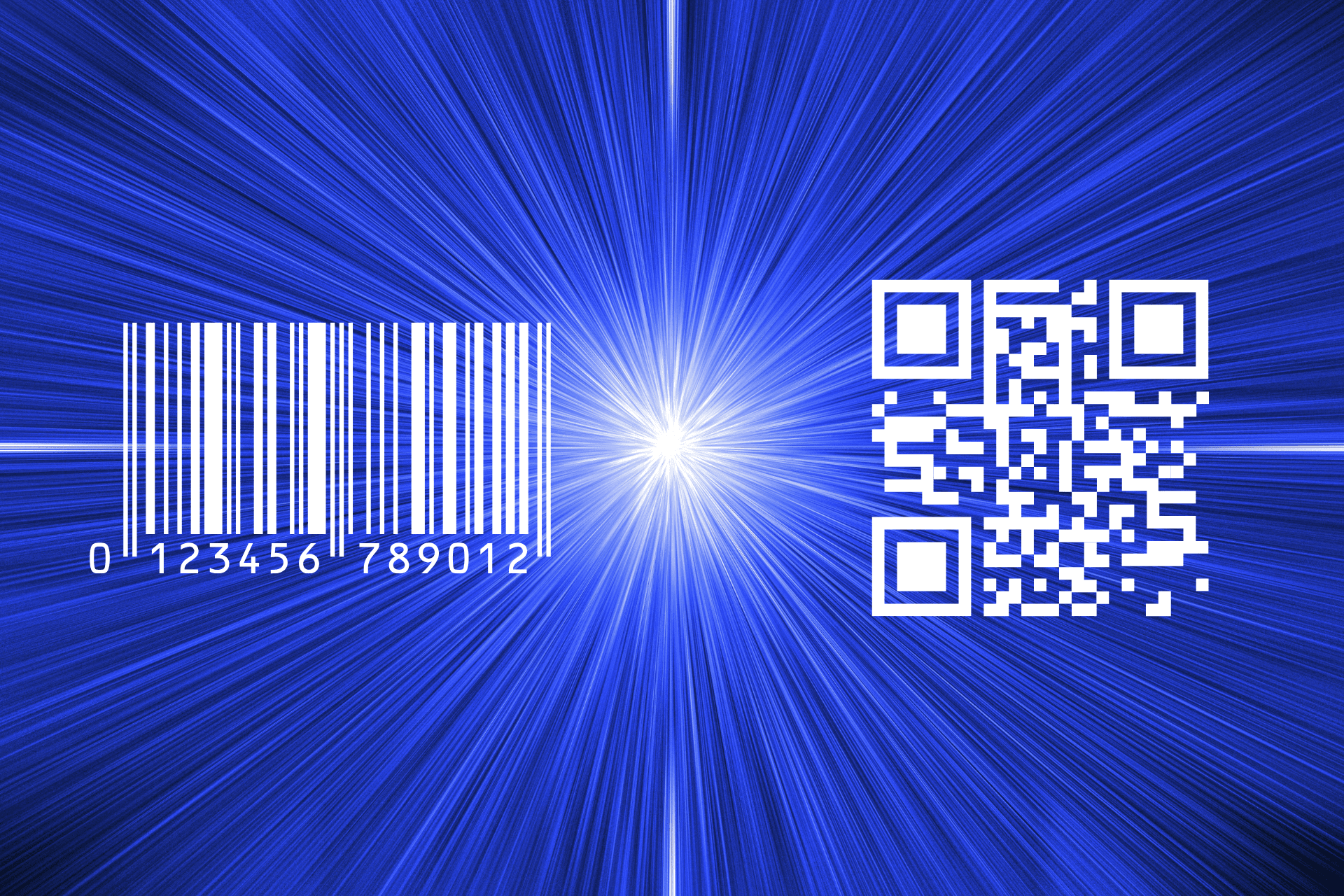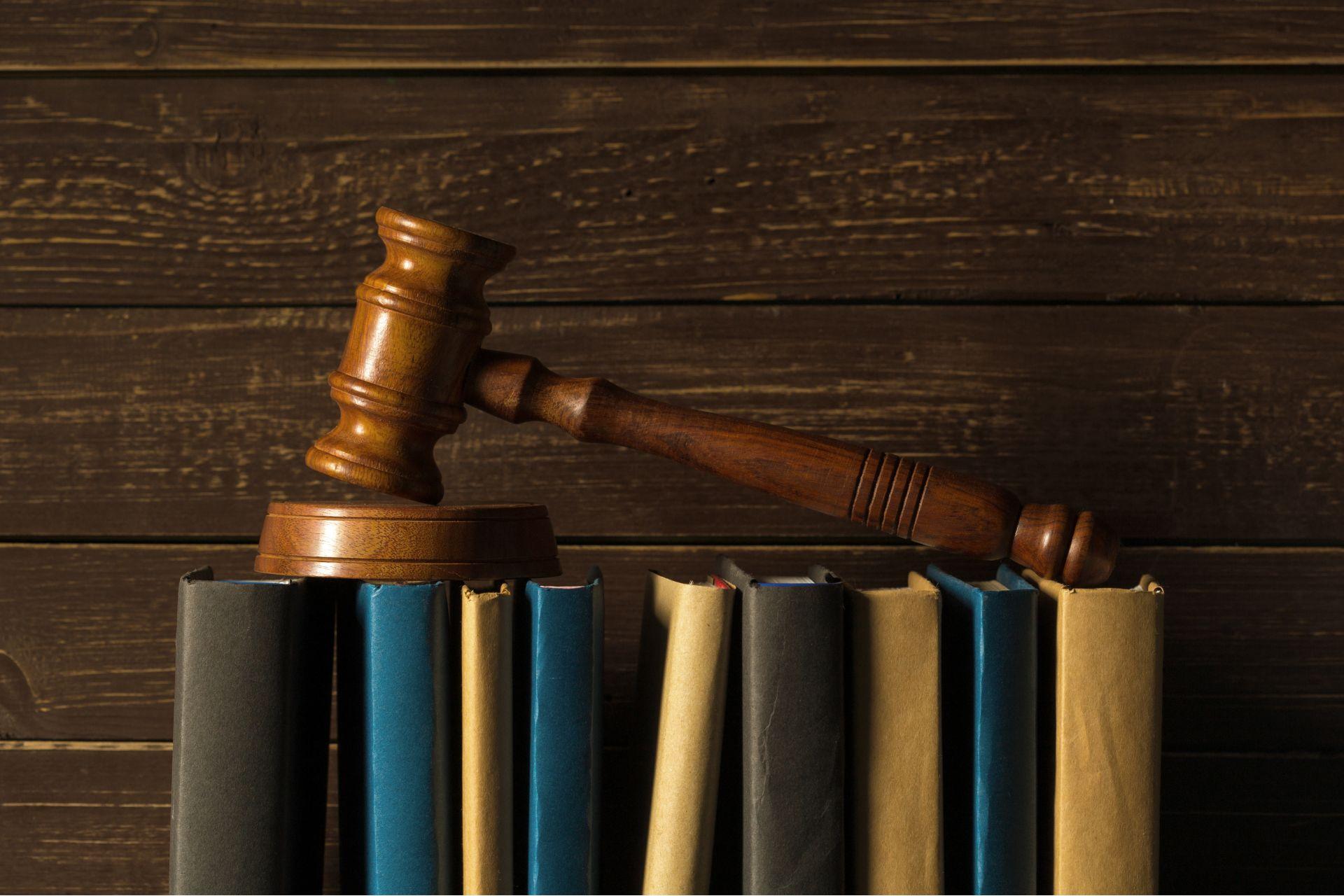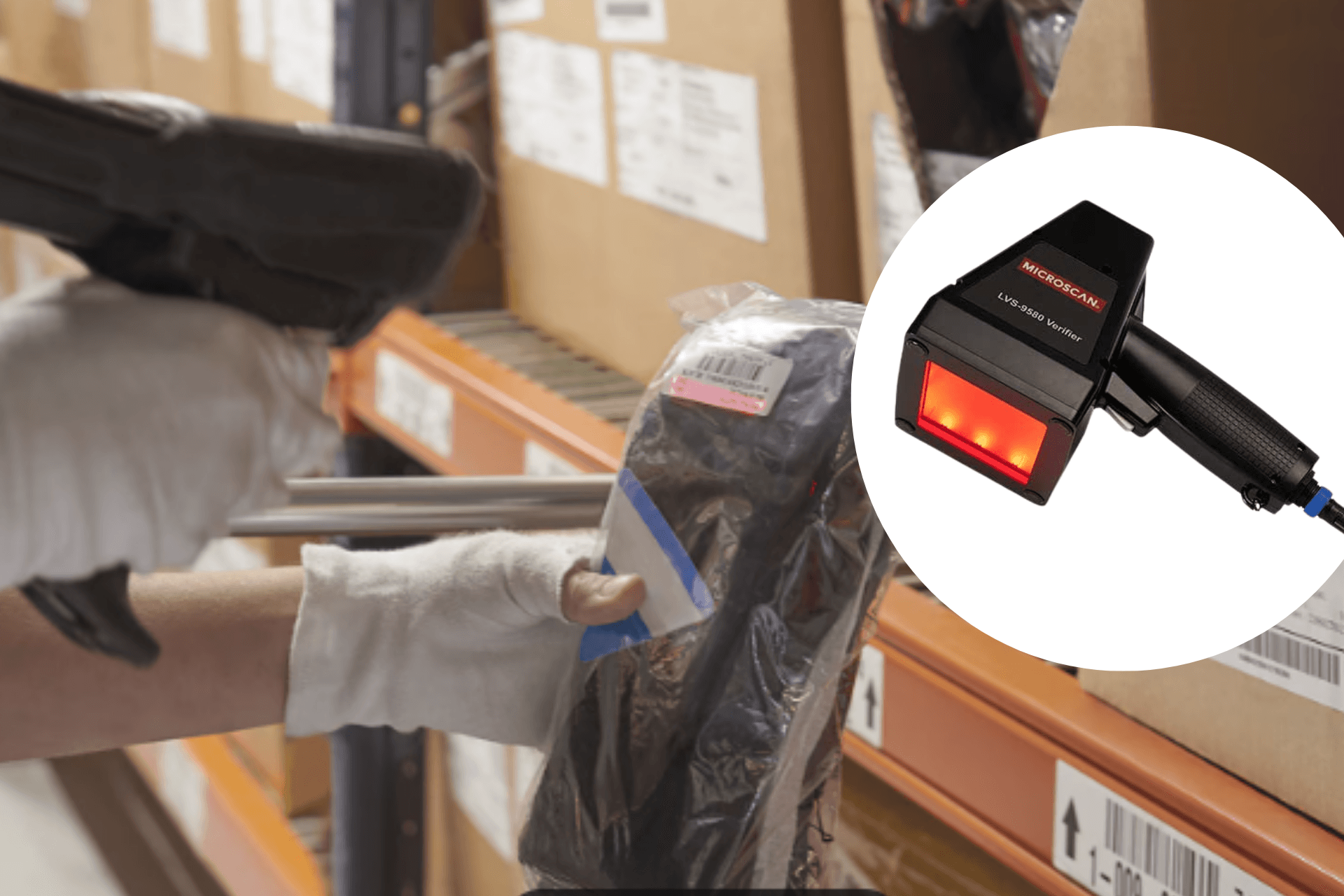“We have codes all around us!”
In a world where traceability is a guarantee of safety for consumers and patients, barcodes play a decisive role.

Barcode Traceability: At the Heart of Product Safety
-
Isabelle Peuzet Prud’hon.
Product Manager, MICROSCAN & HYDROSENSE Verifiers
In a world where traceability is a guarantee of safety for consumers and patients, barcodes play a crucial role. Isabelle Peuzet Prud’hon, an expert in this field, explains her work, the importance of traceability in sensitive sectors such as medical, agri-food, luxury, and automotive, and her commitment to barcode verification.
Isabelle, tell us about your career. How did you come to specialize in barcode verification?
My career began in a small family company, DILEC, where I worked for seven years. I've been involved in various fields, but it was really in 2017, when BIBUS France took over DILEC, that I became completely specialized in barcode verification and compliance. It's a very strong commitment for me to be at the head of this department.
Our entity, based in Normandy, manages the verification of barcodes printed and engraved on all families of manufactured and marketed products. These are physical, not digital, products.
You're talking about physical products. What types of products exactly?
We mainly work with codes printed or engraved on products in sectors such as:
- healthcare → pharmaceuticals and medical devices,
- automotive,
- rail,
- agri-food,
- construction,
- luxury goods.
For every product, whether intended for the healthcare market or other sectors, traceability is essential.
Let's take the pharmaceutical sector, for example, this is an area where traceability is paramount, particularly to ensure patient safety. Barcodes, whether linear or data matrix, allow us to track each box of medication from its production to its distribution in pharmacies.

A data matrix and a linear code
Our LVS 9510 and 9580 verifiers ensure that the barcode is correctly printed and legible. The LVS 9585 verifier measures the quality of an engraved/micro-perforated code to ensure its readability. This applies to both 1D (linear) and 2D (two-dimensional) barcodes. Poor code quality can lead to distribution errors or even make it impossible to guarantee product traceability.
- LVS 9580: Verification of printed codes, portable and flexible, suitable for most manufactured products (pharmaceutical, cosmetic, luxury, etc.).
- LVS 9585: Verification of engraved (Direct Part Marking – DPM) and printed codes. It's a mobile and versatile solution, capable of handling difficult-to-handle parts thanks to accessories such as stability supports.
- LVS 9510: Verification of printed codes. Static version suitable for manufactured products such as labels, boxes, and cases.

You also mention medical devices. Can you explain what traceability entails in this sector?
Medical devices are divided into different categories based on their degree of risk to the patient. There are four classes of medical devices, ranging from Class I, which represents the lowest risks (such as eyeglasses or crutches), to Class III, which concerns high-risk devices, such as pacemakers or breast implants.
Classification of medical devices.
They are divided into four categories whose common denominator is the degree of risk associated with the device for humans; this is called criticality, i.e., the degree of major risk.
Class I: This is the lowest risk class (crutches, glasses, etc.)
Class II.a: This presents a moderate/measured potential risk (contact lenses, hearing aids, ultrasound machines, etc.)
Class II.b: This presents a high/significant potential risk (condoms, MRI machines, infusion pumps, non-absorbable sutures, etc.)
Class III: This is the highest risk class (pacemakers, breast implants, coronary stents, hip implants, etc.)
For these devices, we offer the LVS 9585, which can verify both the printed and engraved codes on these products. The traceability of medical devices is essential because it ensures that each product can be identified throughout its lifecycle, from production to distribution, to patient use.
A typical example is an orthopedic implant with a data matrix engraved on it. This code ensures that the implant complies with standards and can be traced at any time, thus meeting regulatory requirements, particularly the UDI.
The main objective is to accurately identify patients with implanted medical devices, identify all the implant's characteristics and the specific batch, and track all the batch numbers of the EMRs used. This ensures that, in the event of a problem or batch recall, healthcare facilities can intervene quickly and effectively.
This information allows for detailed and comprehensive tracking of the device's journey, ensuring efficient care management and a rapid response when needed.
Outside of the medical sector, you also work on products from other industries. Can you tell us more?
Absolutely. In the food industry, for example, traceability is essential to guarantee consumer safety. If a product is defective or dangerous, it must be possible to trace the production chain to identify the affected batches, recall them from the market, and quickly contact the person who used the product in the event of a risk. This gives our clients control over the supply chain.
It's also a way to enhance the customer experience through more comprehensive, more precise, and brand-specific information: composition, allergens, origin of ingredients, educational content, ethical commitments, etc.
It's, of course, the main channel for efficiently exchanging product data between partners: sales, logistics, regulatory, recycling, etc. And I would say that it improves product referencing and reduces code duplication.
Overall, this ensures peace of mind for commercial and logistics operations.
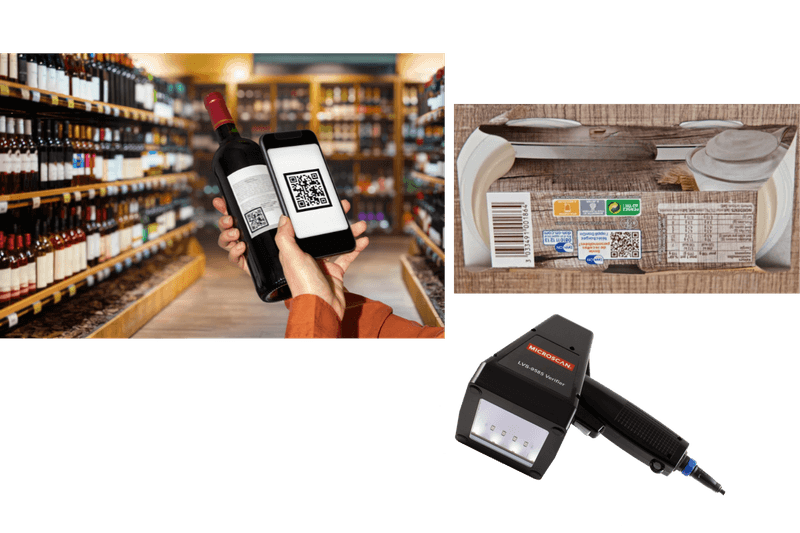
And in the luxury sector? How does traceability play a role?
In the luxury sector, traceability primarily serves to prevent counterfeiting. Luxury brands want to be absolutely certain that their products are tracked throughout the distribution chain to ensure they are not stolen or replaced with counterfeits.
Each luxury product, whether a perfume, a bag, or a watch, is marked with an engraved or printed code that proves its authenticity. Our verifiers ensure that these codes are perfectly legible and comply with industry standards.
The cosmetics industry (beauty, skincare, hygiene, etc.) relies heavily on our services and expertise in terms of knowledge of texts and regulatory developments. We are constantly monitoring the latest developments, and a large part of my job involves reading all legal developments and their applications, both at the European and international levels.
It's sometimes complicated, but intellectually exciting, and it's a guarantee of strong added value for our customers. Our strong pre-emption of the cosmetics market is also explained by our geographical proximity; we are practically at the heart of Cosmetic Valley.

In the automotive and rail industries, each component must be precisely identified to ensure vehicle safety and comply with international standards for all rolling stock components. The various stakeholders in the production chain use engraved or printed codes to ensure this traceability; this language is common to all stakeholders.
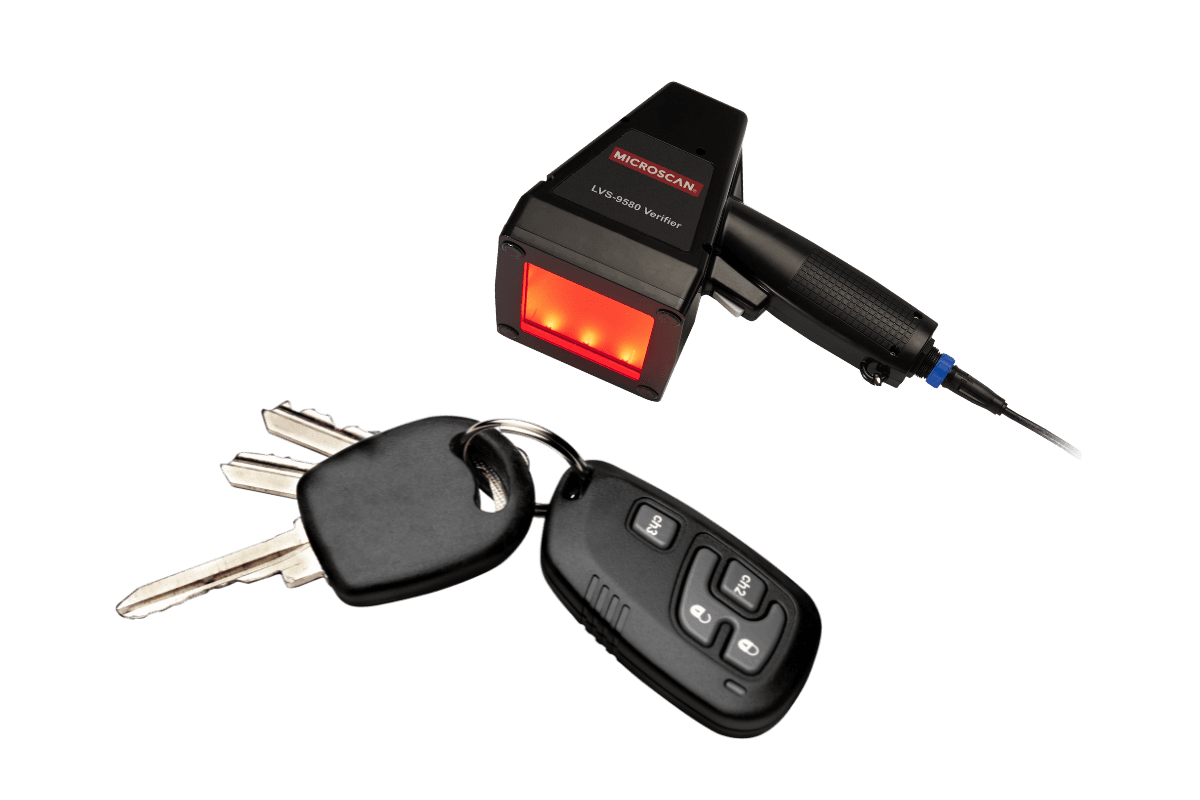
This is also the case for the Construction and DIY sectors, where the Digital Product Passport will become mandatory in early 2028 for all construction products marketed in the European Union.
DPP (Digital Product Passport):
The Digital Product Passport (DPP) is part of several European regulations, including the European Union's Green Deal, which aims to reduce emissions by 55% by 2050. To achieve this goal, the European Commission introduced the Sustainable Product Ecodesign Regulation (ESPR). This regulation aims to reorganize the manufacturing, distribution, and reintegration of products into the circular economy.
The DPP is a digital sheet that provides key information about products, including:
- Material origin
- Composition
- Repair and disassembly options
- Recycling and end-of-life treatment
- Potential toxic substances and environmental impact.
What does your job bring you on a daily basis?
What motivates me is knowing that we have a direct impact on the safety of patients, consumers, and users. Our work is often invisible to the general public, but it is essential to ensuring that products are safe and comply with the strictest and most recent requirements.
I particularly appreciate the diversity of the sectors we work with. It allows me to constantly learn and broaden my expertise. I also had the pleasure of co-hosting a well-attended webinar, proving that the need for information is very strong.
This BIBUS TALK #3 webinar on the topic of compliance explains the importance of integrating a label and marking verification system into companies. It is aimed at all professionals concerned with marking verification issues and helps them choose the most appropriate control solution based on their sector of activity and specific standards. The replay is available for VSEs, SMEs, and mid-cap companies in all sectors.
Thank you, Isabelle Peuzet.
Contact our expert
Isabelle Peuzet (Prud'hon)
LVS Product Manager
Tel. +33 2 32 32 58 23
Mob. +33 7 61 63 19 45
Related articles
The linear barcodes that we have known for more than fifty years are doomed to disappear. More and more obsolete, new consumer uses and new regulations replace them in favor of Flashcodes.
Precision above all: why opt for standardized verifiers? In the world of traceability, where every code must guarantee perfect readability at every stage of the supply chain, it's essential to use reliable, standardized metrology tools.
Designed to check the legibility and conformity of engraved or printed barcodes, barcode verifiers check various types of linear, two-dimensional and stacked linear combinations.
Since 8 December 2023, the wine and spirits industry has had to conform to current French and European regulations.
